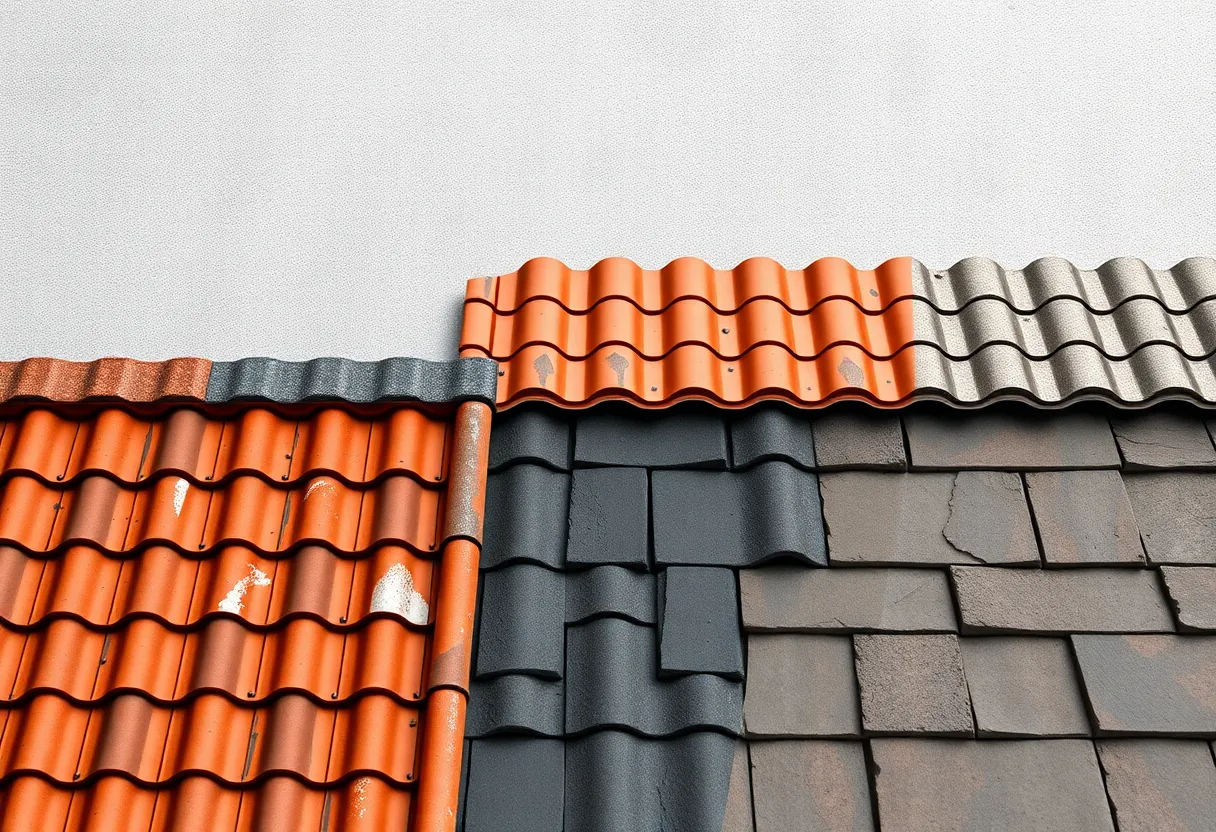How to Choose the Best Roofing Material for Your DIY Project: Key Factors to Consider
Introduction
Choosing the right roofing material can significantly affect both the functionality and aesthetic appeal of your DIY project. With numerous materials available, it’s crucial to consider various factors that align with your project’s requirements. This article will guide you through the essential aspects to keep in mind while selecting roofing materials such as durability, cost, climate suitability, and more.
Durability
One primary factor to evaluate is the durability of the roofing material. Factors affecting durability include:
- Material Composition: Different materials present different lifespans. Metal roofs can last 50 years or more, while traditional asphalt shingles typically last 15-30 years.
- Impact Resistance: Consider the local weather, as areas prone to hail or severe storms require materials with high impact resistance, such as metal or engineered shingles.
- Fire Resistance: If you live in a wildfire prone area, selecting fire-resistant methods like tile or metal could be beneficial.
Weight Considerations
The weight of the roofing material is another essential factor. If your existing structure isn’t designed to support heavy materials, you might need lighter options such as:
- Asphalt Shingles: Lightweight and easy to install, asphalt shingles are a popular choice for various structures.
- Metal Roofing: Depending on the type, metal roofs can also be relatively lightweight while offering enhanced durability.
Climate Compatibility
Your local climate heavily influences the type of roofing material you should select. Assess the following based on regional weather patterns:
- Temperature Fluctuations: Materials such as asphalt may warp in extreme heat, while tile or metal can manage heat better.
- Snow Load: Regions with heavy snow may require sturdier options, such as standing seam metal roofs that shed snow effectively.
- Wind Resistance: If your area experiences high winds, materials like tiles with additional adhesive may perform better than standard asphalt shingles.
Cost and Budget
Every DIY project comes with budget constraints. Factor in not just the purchase price of materials but also:
- Installation Costs: Some materials are more challenging to install and may require professional help, which will increase overall costs.
- Lifecycle Costs: Consider the long-term costs associated with maintenance and replacement when calculating total expenses.
Maintenance Requirements
Assess your willingness and ability to maintain the roofing material. Some materials demand more care than others:
- Asphalt Shingles: They require periodic inspections to prevent algae growth and aging.
- Metal Roofing: Generally low maintenance, but may require periodic checks for rust.
- Slate or Tile: While aesthetically pleasing, they can be more fragile and may require more maintenance attention.
Aesthetic Appeal
The visual aspect of roofing materials should not be overlooked. Roof color and texture can dramatically impact your home’s curb appeal:
- Diversity in Design: Materials like tiles or slates offer various colors and textures, allowing for greater design flexibility.
- Strategic Color Selection: Dark colors absorb heat while lighter tones reflect it. Your choice should consider energy efficiency and style.
Local Building Codes and Regulations
Before selecting any roofing material, ensure to check your local building codes and regulations. This includes:
- Approved Materials: Some local municipalities may have restrictions on specific roofing materials.
- Design Restrictions: Conditional guidelines may govern aspects like color or materials in suburban or historical districts.
Resale Value
Consider the investment when it comes to resale value. The roofing material can impact your property’s marketability:
- Popular Materials: Asphalt shingles may be the industry standard but materials like metal or slate could increase appeal due to their longevity and energy efficiency.
- Energy Efficiency: Homes with energy-efficient rooftops might attract buyers willing to invest more, especially in climates with extreme temperatures.
Environmental Impact
In today’s landscape, sustainability plays an important role in construction decisions. Evaluate the environmental implications of your roofing choices:
- Recyclability: Materials like metal can be recycled at the end of life, making them an eco-friendlier option.
- Energy Efficiency: Reflective materials can reduce heat absorption, which can lower cooling costs significantly.
Conclusion
Choosing the best roofing material for your DIY project requires thorough consideration of multiple factors, including durability, climate compatibility, maintenance needs, and aesthetic preferences. Always ensure compliance with local building codes and assess the potential impact on resale value. By taking a comprehensive approach, you can select a roofing material that not only complements your DIY efforts but also supports the long-term value and functionality of your home.





 Mays Contracting
Mays Contracting


